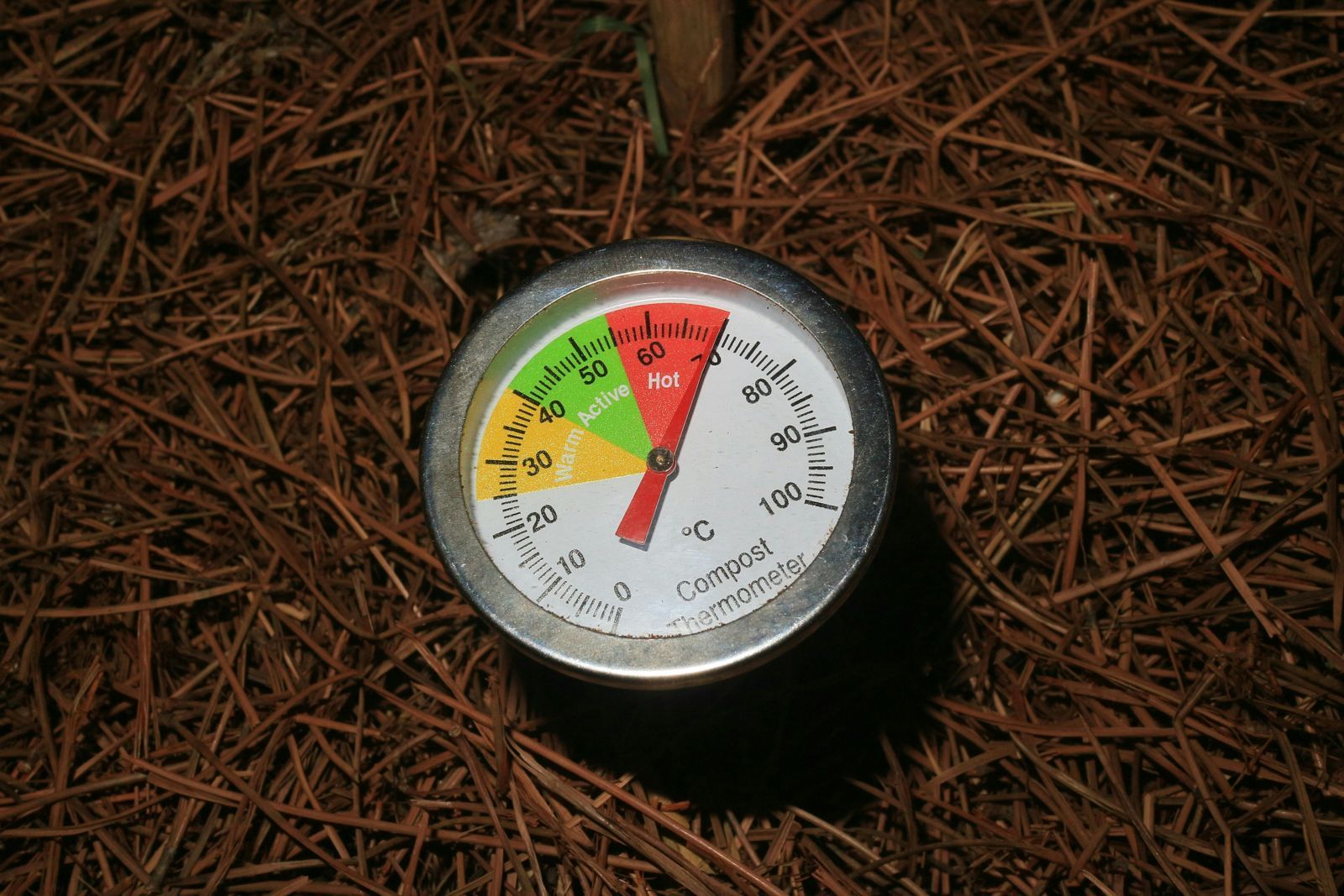Air Source Heat Pumps and Indoor Air Quality: What You Need to Know
The story of air source heat pumps (ASHPs) is one of continuous innovation and improvement. From their humble beginnings to today's high-efficiency models, these systems have transformed how we think about heating and cooling our homes.
The Early Days
The concept of heat pumps dates back to the 1850s when Lord Kelvin proposed the idea. However, it wasn't until the 1940s that the first practical
heat pump systems were developed. These early models were primarily used for industrial applications and were far from the efficient, compact units we know today.
Residential Revolution
The 1970s marked a significant turning point for
ASHP technology. The energy crisis of this decade sparked renewed interest in energy-efficient heating and cooling solutions. This period saw the first widespread adoption of air-source heat pumps in residential settings, though efficiency and performance were still limited compared to today's standards.
Technological Leaps
The 1980s and 1990s brought substantial improvements to ASHP technology.
Advances in compressor design
and refrigerant technology led to more efficient and reliable systems. During this time, manufacturers also focused on reducing noise levels and improving the overall user experience.
The Digital Age
The turn of the millennium ushered in a new era for
air-source heat pumps. Integrating
innovative technology and advanced controls allows for more precise temperature regulation and easier system management. In the early 2000s, variable-speed compressors significantly boosted efficiency and comfort levels.
Modern Marvels
Today's
air-source heat pumps are marvels of engineering. They boast impressive
energy efficiency ratings, with some models achieving coefficients of performance (COP) above 5, meaning they produce five times more heat than the electrical energy they consume. Modern ASHPs also offer enhanced features like
zone control, wifi connectivity, and compatibility with renewable energy sources.
Looking Ahead
The future of ASHP technology looks promising. Ongoing research focuses on developing even more efficient systems, exploring new refrigerants with lower environmental impact, and improving performance in extreme climates. As we continue to prioritise energy efficiency and sustainability, air-source heat pumps are poised to play an
increasingly important role in home heating and cooling solutions.
You might also like












